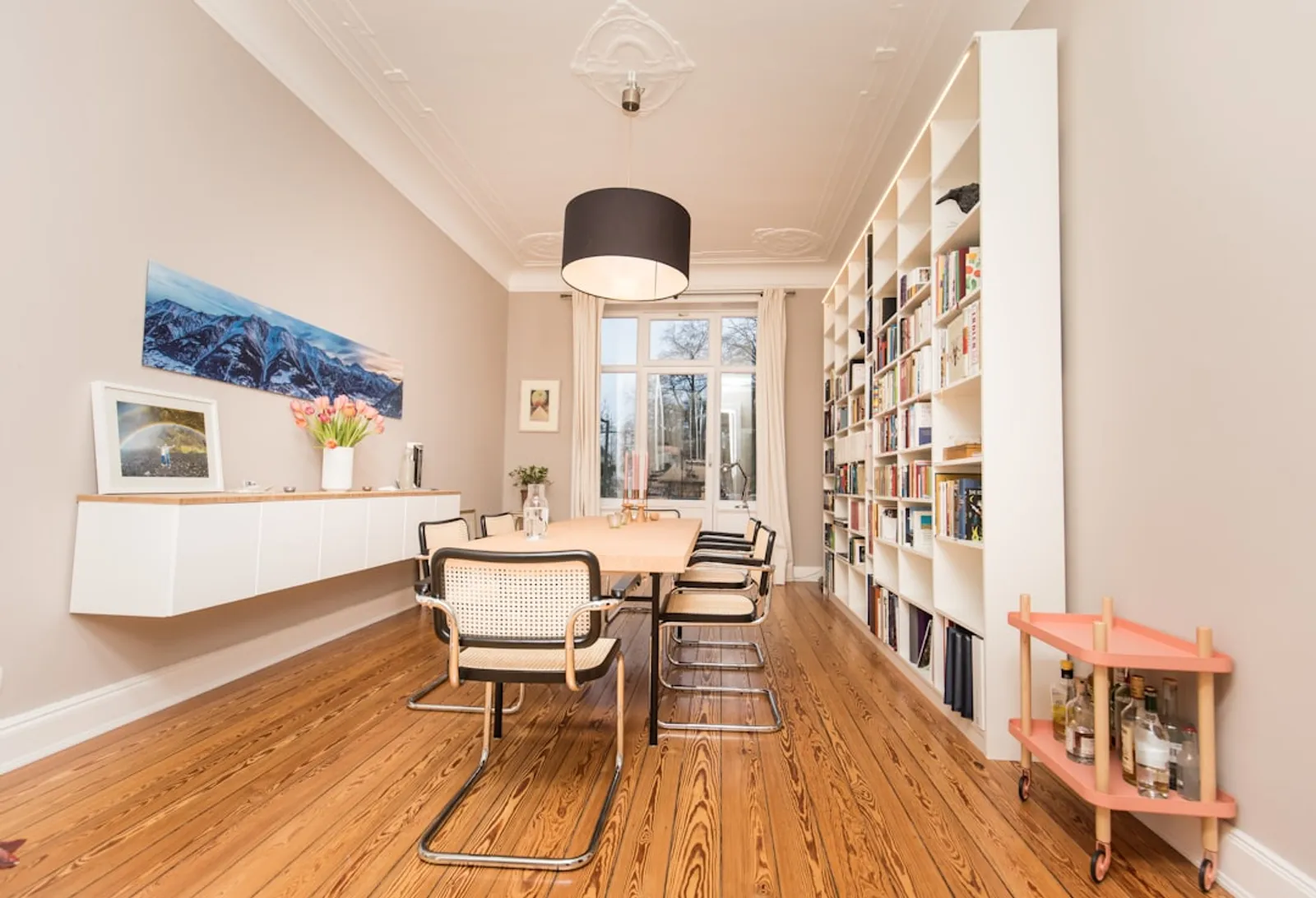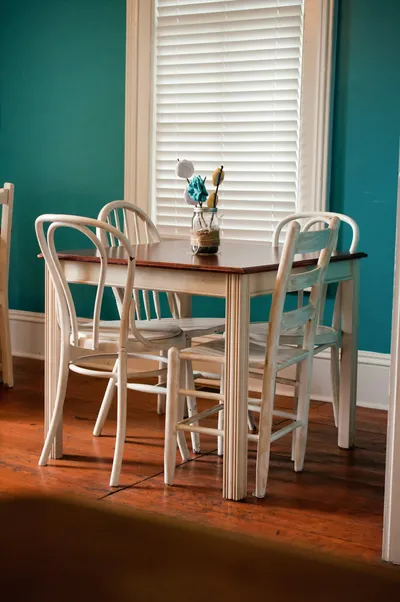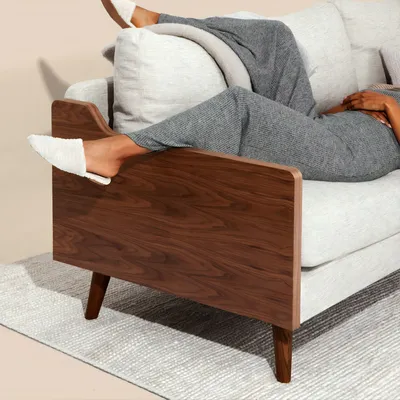The Rise of Sustainable Furniture: Trends and Innovations

Introduction to Sustainable Furniture
Sustainable furniture has moved beyond a mere trend and has become a cornerstone in modern interior design. Consumers and designers alike are increasingly prioritizing eco-friendly materials, ethical production methods, and innovative designs that minimize environmental impact.
The Demand for Eco-Friendly Materials
The push for sustainability starts with the materials used. Bamboo, reclaimed wood, and recycled metals are just a few examples of the eco-friendly resources being utilized. These materials not only reduce waste but also often involve fewer chemicals and less energy to produce.
Bamboo
Bamboo is fast-growing and highly renewable, making it a popular choice for sustainable furniture. It can be used in everything from floorings to furniture frames.
Reclaimed Wood
Reclaimed wood repurposes lumber from old buildings, barns, and other sources. This method not only recycles wood but also adds a rustic, vintage aesthetic to modern furniture designs.
Innovative Production Methods
Beyond materials, production methods have also evolved to be more sustainable. Manufacturers are adopting processes that use less water, energy, and harmful chemicals.
Low-Impact Manufacturing
This approach minimizes energy consumption and waste production. For instance, some companies use solar-powered factories and employ closed-loop water systems.
Eco-Certifications
Certifications like FSC (Forest Stewardship Council) and GREENGUARD ensure that products meet rigorous environmental standards. These certifications can guide consumers in making more sustainable choices.
The Role of Upcycling in Sustainable Design
Upcycling is another exciting facet of sustainable furniture. This practice involves transforming old or discarded items into something new and useful. From vintage chairs restored with new fabric to tables crafted from old doors, upcycling adds creativity and sustainability.
Why Sustainability Matters
Sustainable furniture is not just a fleeting trend but a necessary shift in the industry. It addresses global environmental challenges and promotes healthier living spaces. As awareness grows, more consumers are looking to make eco-conscious choices, driving demand and innovation in sustainable furniture.
Future Trends in Sustainable Furniture
The future of sustainable furniture looks promising with advancements in technology and design. Expect to see more furniture made from biodegradable materials, multifunctional pieces that reduce the need for multiple items, and designs that prioritize modularity for easy repair and longevity.
Conclusion
Sustainable furniture is redefining interior design by integrating environmental responsibility with aesthetic appeal. As trends continue to evolve, the focus on sustainability is set to become even more pronounced, leading to a greener, more sustainable future for the industry.



